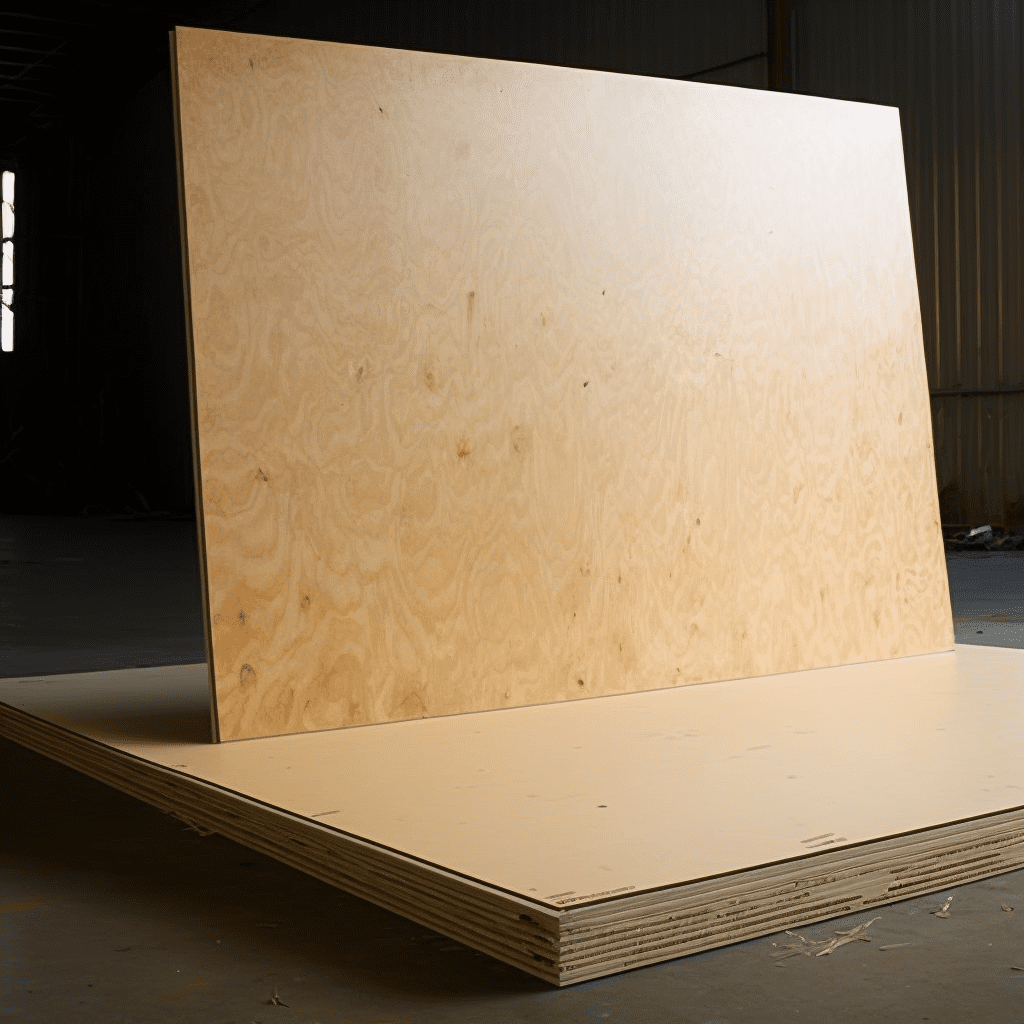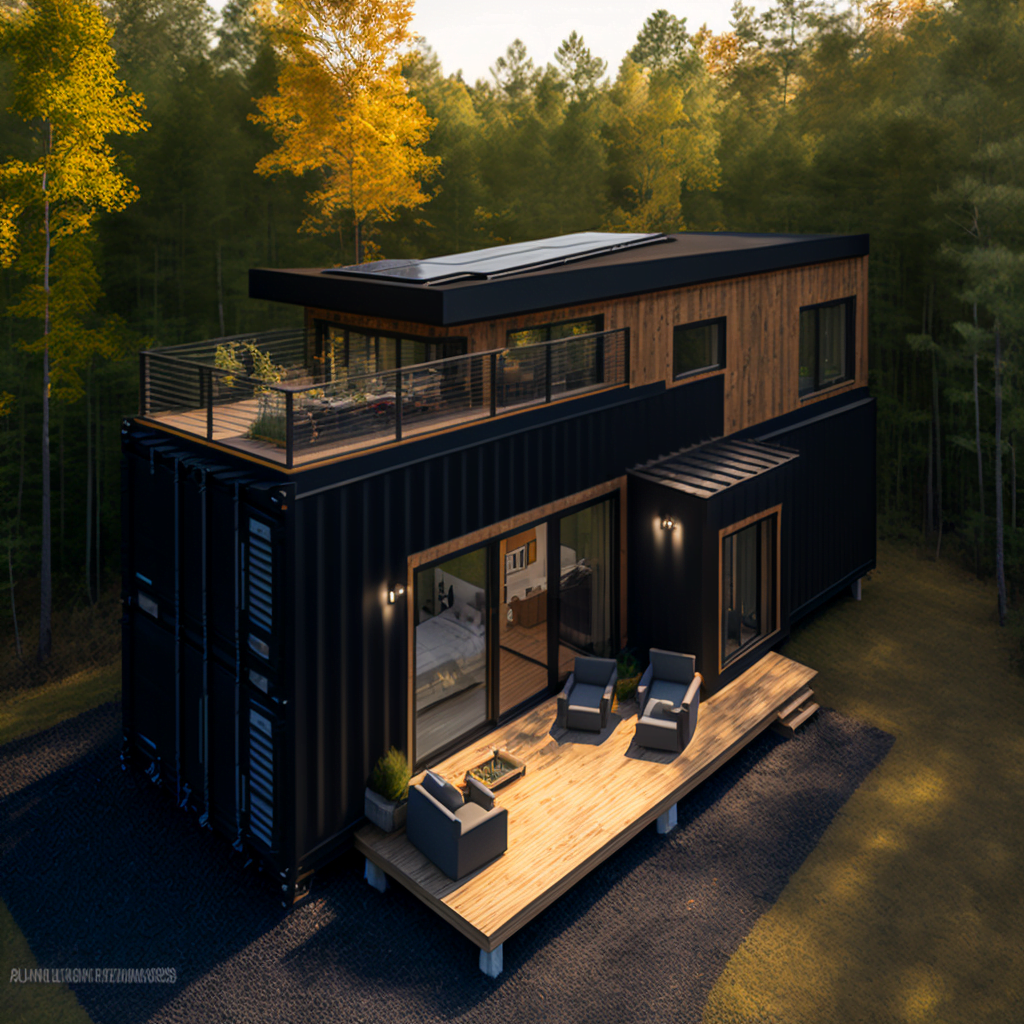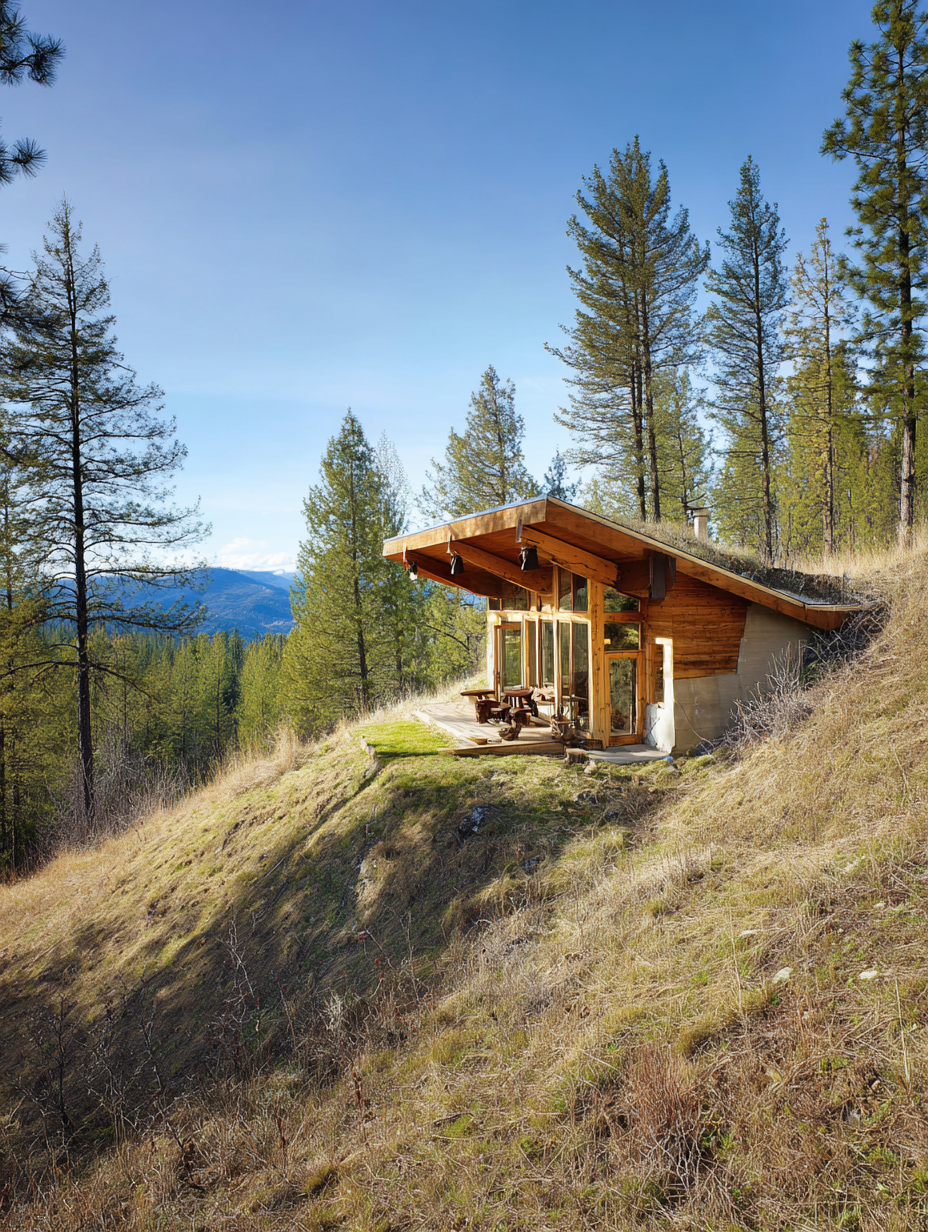Lots of people are choosing to build off grid shipping container homes. Shipping containers are basically ready-built ready to transport (deployable) portable buildings, depending on how you build your shipping container home.
The trick is not to insulate it on the inside. Instead of installing the insulation on the interior, install the insulation on the exterior of the shipping container.
Mount the studs to the exterior walls, insulate, cap it off, and then install siding overtop. Installing the insulation on the exterior surface of the container accomplishes multiple things.
It covers the exterior of the shipping container in a protective barrier, and when you use wood siding or vinyl it provides a cleaner aesthetic that might appeal more to city and county planners which may improve your chances of getting approved for a building permit. (some areas do not like shipping container homes and view them as mobile homes and this prevents many folks from building shipping container homes) They are not mobile homes. They are modular steel homes.
Another benefit to installing the insulation on the exterior of the shipping container home is that it frees up quite a bit of floor space on the interior of the home.
It doesn’t seem like it, but when you put 2×4 studs on the interior of the container and then install sheet rock over that, you’re losing valuable square footage. This not only removes a large chunk of floor space, it also removes some of the value of your home. How much space are you losing by installing insulation on the interior of the container? Let’s find out.
When you insulate the interior of the home you lose about 8.5″ inches in width (4″ on either side) and 40′ in length, plus the ends of the container. That doesn’t sound like a lot but when you run the numbers it’s quite a large space.
Studs are 4″ (technically 3.5 to 3.75″), factor in the 1/4″ to 1/2″ sheetrock (if you use sheetrock on the interior walls) then you’re looking at about 8″ to 8.5″ of lost space (4″ on either side of the container). Plus the ends of the container.
8″ x 40′ interior container length = 26.67 square feet
8″ x 7.5′ interior container width = 5 square feet
TOTAL = 31.67 square feet
That’s almost exactly the size of a sheet of plywood, or 3.94 ft x 8.04 ft

That’s basically a nice sized walk-in closet. Or bathroom/shower. You could even turn that into a bedroom with a single bed, or bunk bed for the kids. You could add another bathroom to the home. Adding a bedroom or bathroom to your home, increases the value of your home. It can increase the value of your home by 5.5% to 6.5% of the home value. (source: OpenDoor.com)
The increased value of an extra bedroom or bathroom on a $250k home would equate to about $12.5k to $16.25k in dollar value. That’s a BIG difference and quite a loss if you decide to install insulation in the interior of the shipping container. You’re losing square footage and value of your home when you insulate the interior.
It also depends on the county and other permitting restrictions. Check with your local county permitting office to make sure you’re allowed build in this way.
Overall, if you can, it’ll not only save you space it can increase the value of you home if you ever decide to sell your shipping container home.
***





